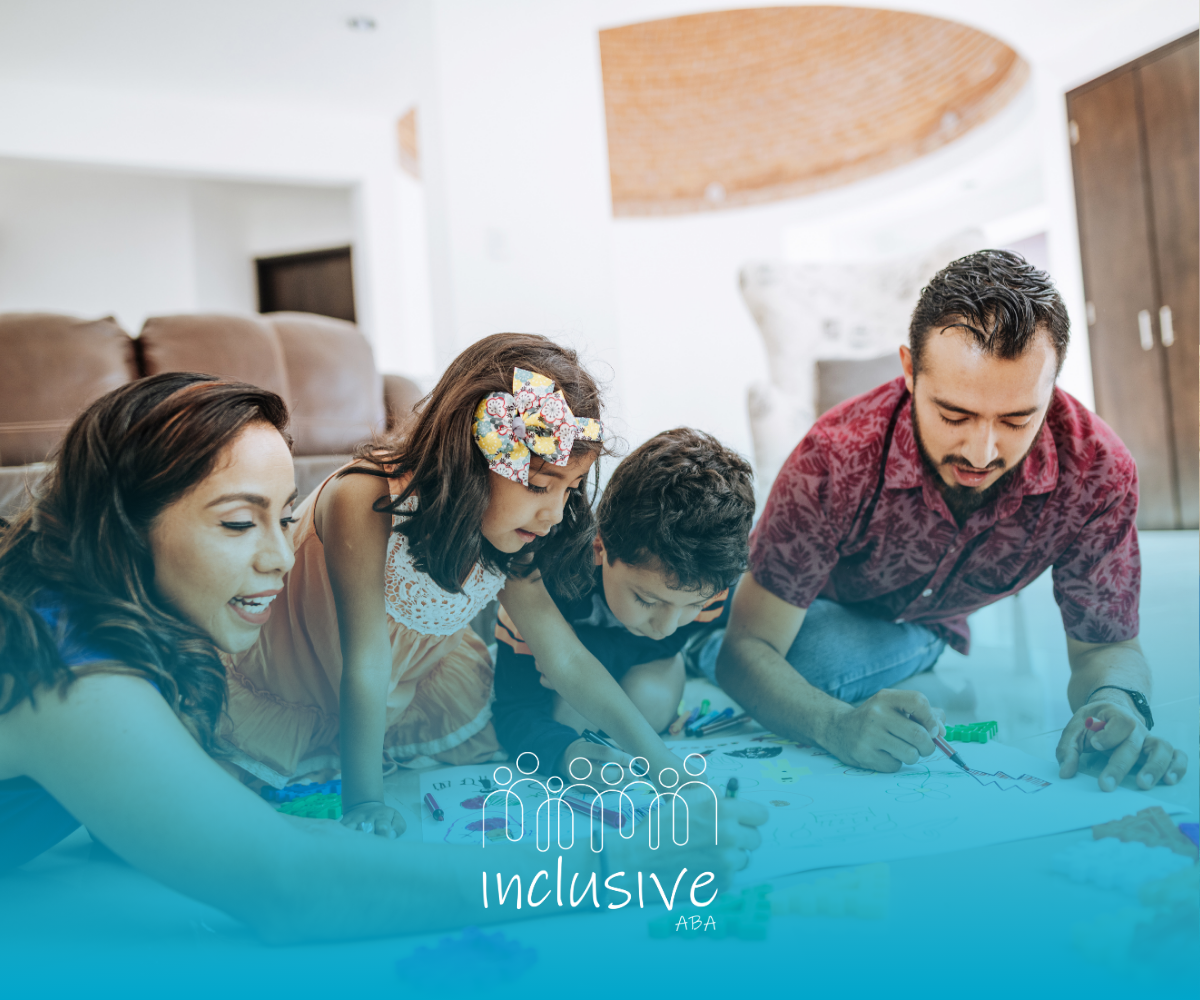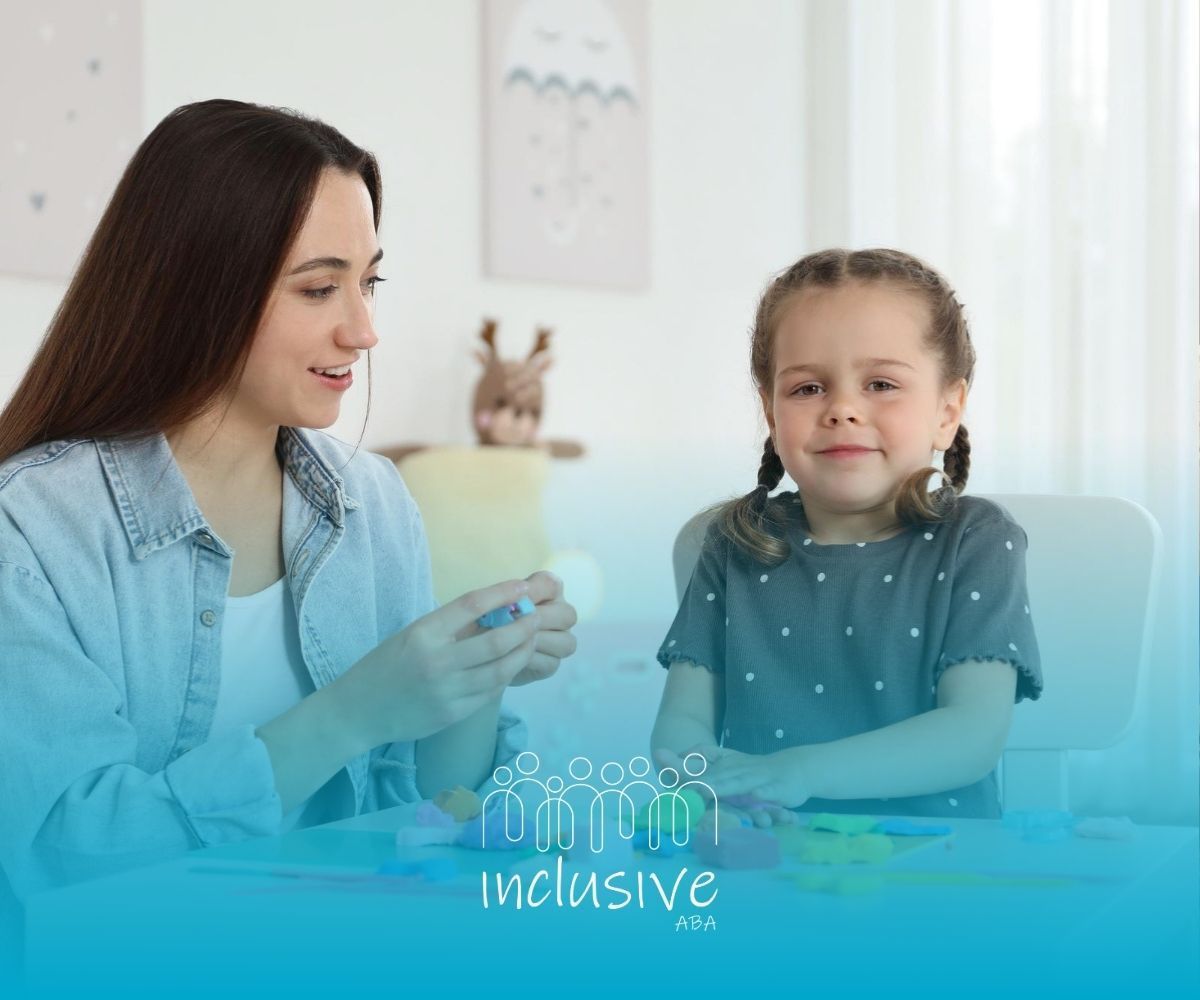
DTT vs. NET: What are the Two Types of ABA and How Do They Work?
Applied Behavior Analysis (ABA) is a widely used and evidence-based approach for supporting individuals with autism and other developmental challenges. If you are considering ABA therapy for your child, you may have come across the question: "What are the two types of ABA?" Understanding the different approaches can help you make an informed decision about your child’s therapy.
In this article, we will explore the two main types of ABA therapy, their applications, benefits, and how they can be tailored to your child’s unique needs.
Understanding ABA Therapy
ABA therapy is based on the principles of learning and behavior. It uses structured techniques to teach new skills, reinforce positive behaviors, and reduce challenging behaviors. ABA interventions are customized for each individual, making them highly effective in fostering communication, social skills, and independence.
While ABA therapy encompasses a wide range of techniques, there are two primary approaches that practitioners use:
1. Discrete Trial Training (DTT)
What is DTT?
Discrete Trial Training is a structured, systematic method of teaching that breaks skills into smaller, teachable components. Each lesson follows a clear format:
- Instruction: The therapist provides a specific instruction.
- Response: The child responds to the instruction.
- Consequence: The therapist gives reinforcement (reward for correct responses) or corrective feedback.
How DTT Works
DTT follows a repetitive, drill-based approach that ensures children get multiple learning opportunities. Sessions typically take place in controlled settings, such as therapy rooms, and focus on specific skills, such as:
- Language and communication
- Imitation
- Following instructions
- Cognitive skills (e.g., matching and sorting objects)
Benefits of DTT
- Highly structured, making it easier for children to grasp new concepts
- Provides clear expectations and consistency
- Effective for teaching foundational skills
- Uses positive reinforcement to encourage learning
Challenges of DTT
- Can feel repetitive for some children
- May not always generalize skills to real-world settings
2. Natural Environment Teaching (NET)
What is NET?
Natural Environment Teaching is a more flexible, play-based approach that teaches skills in real-world settings. Instead of structured drills, NET integrates learning opportunities into everyday activities, such as:
- Playing with toys
- Social interactions
- Daily routines (e.g., mealtime, dressing, or bathing)
How NET Works
Therapists use a child’s interests and natural motivations to encourage learning. For example, if a child enjoys playing with cars, a therapist might use that interest to teach colors, counting, or turn-taking.
Benefits of NET
- Encourages real-world application of skills
- Makes learning engaging and enjoyable
- Supports social skills development in natural settings
- Helps children generalize skills across different environments
Challenges of NET
- Less structured, which may not work well for all learners
- Progress may take longer compared to structured DTT sessions
DTT vs. NET: Key Differences
Comparison of Discrete Trial Training (DTT) and Natural Environment Teaching (NET)
Discrete Trial Training (DTT)
- Structure: Highly structured
- Teaching Environment: Controlled setting
- Focus: Skill-building through repetition
- Child Engagement: More therapist-driven
- Learning Method: Repetitive and structured trials
Natural Environment Teaching (NET)
- Structure: Flexible and play-based
- Teaching Environment: Natural settings
- Focus: Generalizing skills in real-life situations
- Child Engagement: More child-led
- Learning Method: Spontaneous learning opportunities
Which Type of ABA is Best for Your Child?
The choice between DTT and NET depends on your child’s unique needs and learning style. Many ABA programs use a combination of both approaches to maximize learning. For example:
- DTT may be used for teaching foundational skills like communication and imitation.
- NET may then help the child apply those skills in natural interactions.
By combining both approaches, therapists can create a well-rounded program tailored to your child’s strengths and developmental goals.
Conclusion
Both Discrete Trial Training (DTT) and Natural Environment Teaching (NET) play crucial roles in ABA therapy. While DTT provides a structured approach to learning, NET makes skills more applicable to real-life situations. A balanced ABA program often incorporates both strategies to support a child’s development effectively.
At Inclusive ABA, we create personalized therapy plans that include a combination of DTT and NET to meet your child’s unique needs. Our experienced therapists are dedicated to helping children build essential life skills in a fun and engaging way.
If you’re looking for high-quality, individualized ABA therapy, contact Inclusive ABA today to learn how we can support your child’s growth and success!
FAQs
Can a child receive both DTT and NET in ABA therapy?
Yes, many ABA programs integrate both methods to provide a balanced approach.
How do I know which type of ABA therapy my child needs?
An ABA professional will assess your child’s strengths and challenges to develop a customized therapy plan.
Does one type of ABA work better than the other?
Both have their strengths. DTT is great for structured learning, while NET helps with skill generalization.
Sources:
https://www.autismspeaks.org/expert-opinion/what-discrete-trial-training
https://pmc.ncbi.nlm.nih.gov/articles/PMC2078576/
https://pubmed.ncbi.nlm.nih.gov/38917993/
https://pmc.ncbi.nlm.nih.gov/articles/PMC2774588/
https://psycnet.apa.org/record/2019-52296-003
https://pubs.asha.org/doi/10.1044/lle15.2.67
Looking for Expert Help? We're Here for You!
Our compassionate and skilled team is devoted to enhancing your child's development through customized ABA therapy. Let us partner with you to create a supportive environment for your child's success.
Discover how we can help your family thrive with expert ABA therapy.
Send a Fax
303-616-1189
Mon-Fri: 9Am to 5.30 Pm
Sat- Sun: Closed












